Emergencies can happen anytime, especially when you have kids at home. From scraped knees to choking, burns, or even more serious situations, being prepared with basic first aid knowledge can make all the difference.
Building Your Family First Aid Kit
Let's start with something many of us think we have covered but often don't: a proper first aid kit. Here's what yours should include:
- Adhesive bandages in various sizes (way more than you think you need!)
- Sterile gauze pads and adhesive tape
- Antiseptic wipes and antibiotic ointment
- Scissors and tweezers
- Digital thermometer
- Instant cold packs
- Disposable gloves
- Oral antihistamine for allergic reactions
- Basic pain relievers appropriate for different family members
- Emergency contact information and necessary medications list
Common mistake #1: Putting together a kit but never checking it. Medications expire, bandages get used, and suddenly you're reaching for something that isn't there. Check your kit every six months.
Where to Keep Your Supplies
This is something we often overlook: location matters! We recommend having:
- A main kit in a central location that everyone knows about
- A smaller kit in your car
- Travel-sized kits for backpacks or purses
- A specialized kit for outdoor activities if your family camps or hikes
Common mistake #2: Storing first aid supplies somewhere hard to reach or where children can access medications unsupervised. Find that balance between accessibility for adults and safety for kids.
Basic Skills Every Family Member Should Know
Knowledge is your most valuable tool in an emergency. Here are the basics everyone should learn:
Treating Cuts and Scrapes
Seems simple, right? But many of us make mistakes here:
- Clean the wound thoroughly with some soap and water (not hydrogen peroxide, as it can damage healthy tissue)
- Apply gentle pressure with a clean fabric to stop bleeding
- Apply antibiotic ointment
- Cover with an appropriately sized bandage
Common mistake #3: Not cleaning wounds properly. A quick wipe isn't enough – thorough cleaning prevents infection.
Handling Burns
Burns are tricky because the instinct to put something on them isn't always right:
- Cool the burn with cool running water for 10-15 minutes (not cold water)
- Don't apply ice directly – it can damage tissue
- Don't apply butter, toothpaste, or other home remedies
- Cover with a clean, dry bandage
Common mistake #4: Putting ice or ice water on burns. The extreme cold can actually increase damage to the skin.
Recognizing When to Seek Professional Help
Not everything can be handled at home. Seek immediate medical attention for:
- Difficulty breathing
- Severe bleeding that doesn't stop with pressure
- Signs of shock (pale skin, rapid breathing, weakness)
- Head injuries with confusion or loss of consciousness
- Deep wounds or punctures
- Burns larger than 3 inches or on the face/hands
- Suspected broken bones
Common mistake #5: Waiting too long to call for help. When in doubt, it's better to seek professional care.
Teaching Kids About Emergencies
One thing we often forget is to include kids in emergency preparations. Even young children can learn:
- How to call 911 (or your local emergency number)
- Their home address and a parent's phone number
- When to get an adult for help
- Basic first aid for minor injuries
Make it fun with role-playing scenarios rather than scary drills. This builds confidence rather than fear.
What We Often Overlook
Here are some commonly overlooked aspects of family first aid preparedness:
Regular Skills Practice
First aid skills are perishable! Schedule a family "refresher" every few months. Practice bandaging, review when to call for help, and run through scenarios.
Mental Health First Aid
We focus so much on physical injuries that we forget emotional ones. Know the signs of panic attacks, anxiety episodes, or emotional distress, and how to provide calm support.
Special Needs Considerations
If anyone in your home has specific medical needs, ensure everyone knows how to handle related emergencies. This could be administering emergency medication or recognizing when someone with a chronic condition needs immediate help.
Environmental Readiness
Different seasons bring different risks. In summer, know how to recognize heat exhaustion and dehydration. In winter, understand frostbite and hypothermia signs. Adjust your kit and knowledge seasonally.
Taking the Next Step
The most important thing is to start somewhere. You don't need to become a paramedic overnight! Begin with:
- Assembling a basic kit
- Learning one skill at a time
- Taking a local first aid class as a family
- Downloading a reliable first aid app for quick reference
Conclusion
Remember, being prepared doesn't mean being perfect. It means having enough knowledge and supplies to handle those scary moments with a bit more confidence until help arrives if needed.
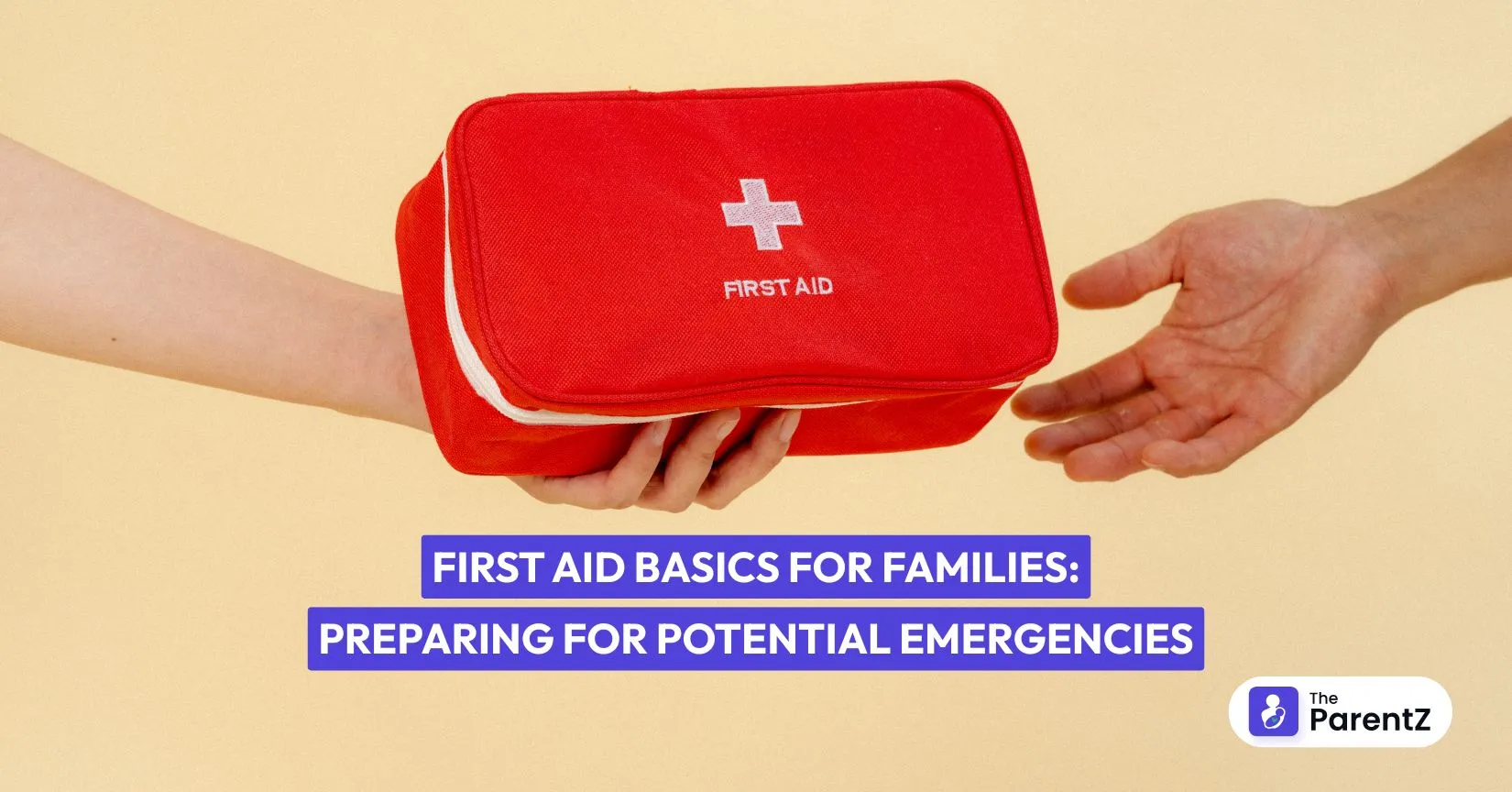


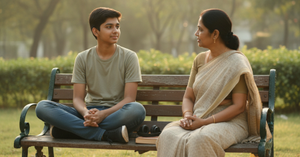
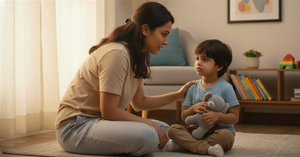


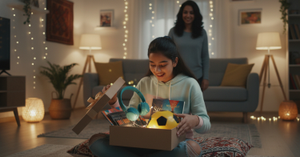
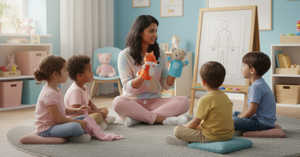
Be the first one to comment on this story.